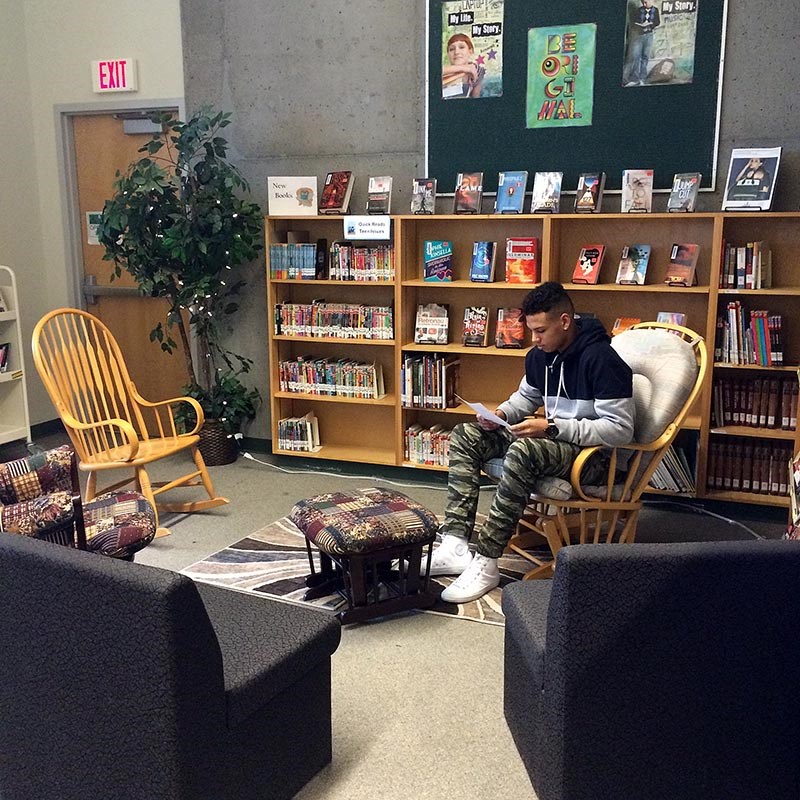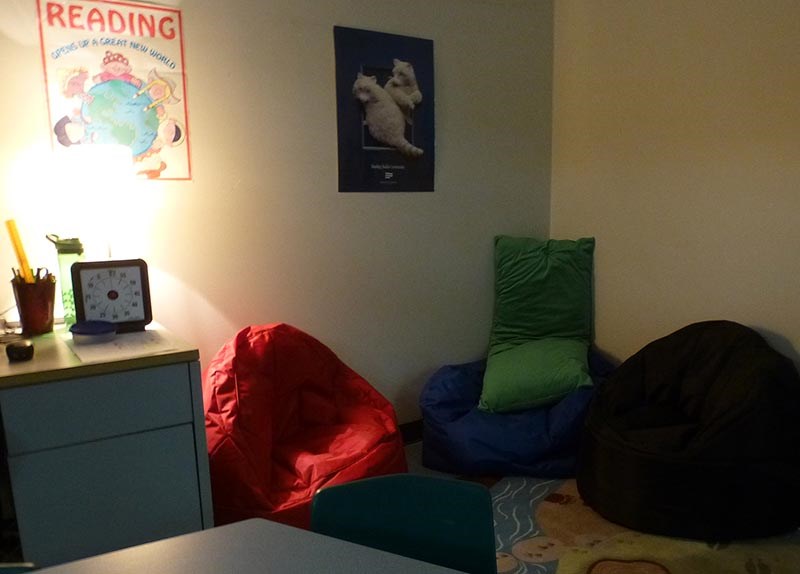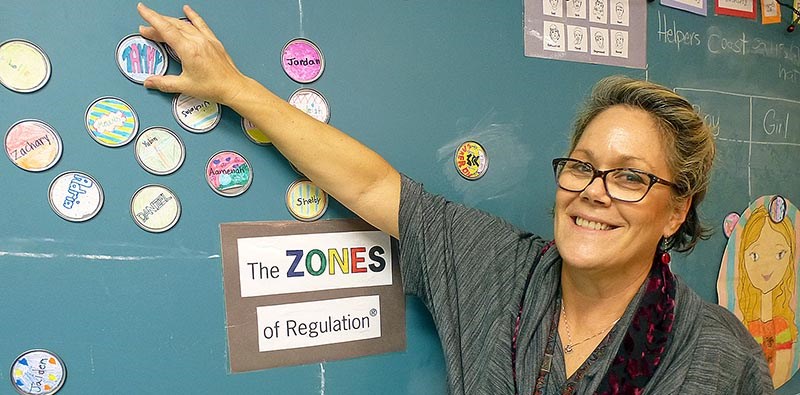A group of kindergarten kids tussle over the same toy, a high school student stresses out over exams, a parent honks her horn furiously at a driver slipping into a parking space in front of a school.
All these situations have one thing in common: intense emotions that could escalate into anger or frustration.
Sound familiar?
It's part of day-to-day living in this high-tech, stressed-laden world but School District 43 principals and teachers believe it doesn't have to be this way if people of all ages can learn self-regulation skills.

Self-regulation, simply, is recognizing when you are stressed and doing something positive to change the feeling.
"There are a lot of stresses but sometimes there is too much stress in a kid's life," explained Heritage Woods vice-principal Jody Moss. "They might get stuck on hyper and could act out with problematic behaviours.
"I think we do our kids a great disservice if we don't help them with coping skills," she said.
EMOTIONAL LITERACY
It was four years ago that self-regulation began to influence teacher strategies. At the time, SD43 was one of a handful of B.C. districts that worked with Stuart Shanker, a research professor of philosophy and psychology at York University who did workshops explaining the neuroscience behind self-regulation and strategies for introducing it to schools.
"It's not a new trend, it's really a lens or a way of being." Moss said.
"It's not about us controlling the kids it's about kids controlling themselves," Jody Moss, principle
At the time full-day kindergarten was being introduced and Moss, who was a behaviour intervention teacher, was spending most of her time with little children who were struggling with impulse control.

"The most successful way is by modelling," she said about self-regulation strategies. "It's not about us controlling the kids it's about kids controlling themselves."
In some cases, teachers were stressed themselves and had to modulate their own behaviour, tone down their voices or change their classrooms.
Moss said they saw the pay-off in more job satisfaction and now about 20 schools are using self-regulation techniques as part of the social and emotional learning curriculum.
In the younger grades, teachers use the metaphor of an engine running too fast, too slow or just right to get children to recognize their emotional state.
To help students get to the ideal zone, they may need to get a drink of water, eat a snack or take a calming walk. Comfortable furniture, plants and low lighting help kids get into a calm but alert state (what's known as the green zone in a spectrum that goes from blue to red).
"The first level is physical, if a kid has not had a good night sleep, hasn't eaten breakfast and can't sit down to learn," Moss said. "That child needs to be able to say what it is [they need] and recognize that in themselves."
CALM BRAINS, ALERT BRAINS
At Blakeburn, where principal Andrea McComb has studied integration and the mindfulness work of psychologist Daniel Siegel, students are participating in a 30-Day mindfulness challenge and are learning to "Take 5" when they are anxious or stressed — taking deep breaths and noticing their body and surroundings while letting the anxiety pass.
The Port Coquitlam school also has a sensory room with low light, beanbag chairs and games and toys, such as tactile Play-Doh, where students can go for "chill time." In the resource room next door, there's a rebounder for jumping on or kids can work in rocking chairs, on bean bag chairs and on large rubber balls to connect the mind and body, McComb said.
"We help them get into a mindful zone " said McComb, "to help them understand what they are sensing and feeling."
Some classes use calm music and have switched off overhead lights, using table lights or natural light from windows instead. But in the morning, the whole school does a morning "bounce" in the gym to stimulate sleepy brains.
It appears the old days of controlling what was considered "bad behaviour" are gone, and Heritage Woods' Moss says more and more SD43 schools are getting into self-regulation and adopting strategies to let students monitor and control their own emotional state.
"No child is waking up that day trying to make your day awful, they want to succeed."
This is part 1 of a two-part series on how School District 43 is introducing the concept of self-regulation. Next week: Heritage Woods secondary students learn how to stay calm and carry on at exam time.
• Find out more about the Canadian Self-Regulation Initiative at www.self-regulation.ca.



